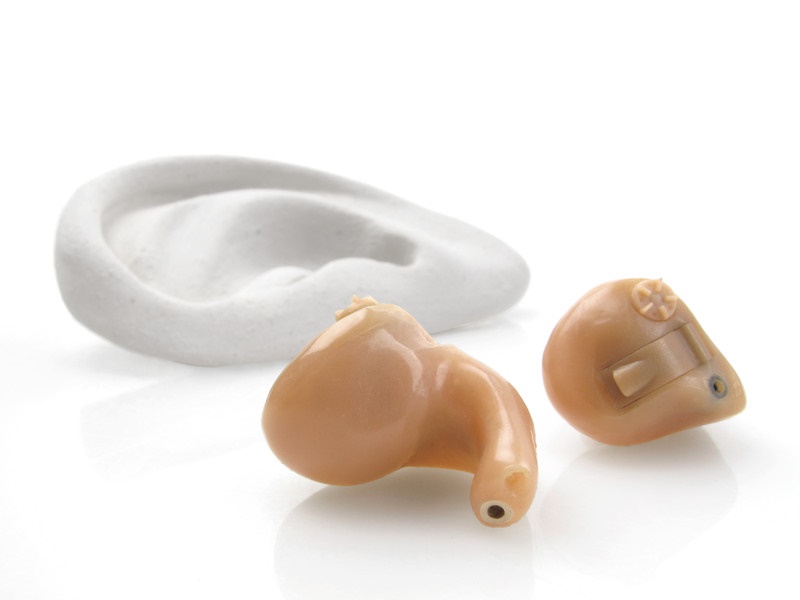
Are two hearing aids better than one?
If you’re searching for the short answer, then yes, almost all instances of hearing loss are best treated with two hearing aids.
If you want to understand why, or are wondering about the reasons why we have two ears to begin with, then keep on reading.
The Advantages of Stereoscopic Vision
Let’s start with eyesight.
When we look at an image, each eye receives a slightly different copy of that image. Our brains then calculate the differences between the two versions to produce the perception of depth. This added dimension of depth—together with height and width—permits us to experience the world in three dimensions.
If we had just one eye, our capacity to perceive depth and distance would be immensely compromised.
The benefits of Binaural Hearing (Hearing with Two Ears)
The same phenomenon applies to our ears and our hearing. Even though we may not think about it, when we hear a sound, we can typically determine both its distance and its location, in addition to its volume.
Each ear obtains a slightly different copy of each sound, and those differences are translated by the brain in a way that indicates location and distance. This permits us to hear in three dimensions, so that we recognize how far away and which direction sound is coming from.
In addition to being able to evaluate depth, distance, and location, having two ears also heightens the quality of sound and expands the range of sounds you can hear.
To test the concept of sound quality, the next time you’re listening to music in a vehicle, disable both left speakers and notice how unnatural it sounds.
The Advantages of Two Hearing Aids
If our eye doctor informs us that we have vision impairment in both eyes, we don’t seriously think about the merits of getting fitted with one lens.
So when our hearing specialist tells us that we have hearing loss in both ears, why do we need to be persuaded to get fitted with two hearing aids?
As we’ve seen, our ears work together so that our brains can best decipher the distance, location, volume, quality, and range of sound.
With the power to identify the exact location of sound from using two hearing aids, you’ll have the ability to:
- focus on speech during a discussion even with substantial background noise.
- identify specific voices among many.
- enlarge the range of sounds heard by up to four times.
- hear sounds without straining, which is less exhausting.
- listen to sounds without the unnatural sensation of monaural hearing (hearing with one ear).
- Prevent the weakening of hearing in the non-fitted ear.
That final point is significant. If you have hearing loss in both ears but use only one hearing aid, your hearing in the non-fitted ear can become worse with time. This will quickly restrict your ability to achieve all of the benefits just explained.
If you believe that you have hearing loss, the first step is to schedule a hearing test with a qualified hearing specialist. After your hearing is tested, your hearing specialist will discuss the results with you in a chart known as an audiogram.
The audiogram will reveal to you if you have hearing loss in one or both ears, but most cases of hearing loss are in both ears.
If this is the situation, your hearing specialist will most likely highly recommend binaural hearing aids for both ears, and you’ll be given the opportunity to try them before you buy—which is a great chance to test for yourself the difference two hearing aids will make.